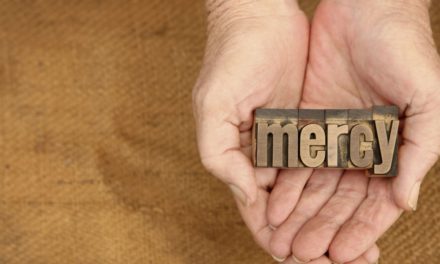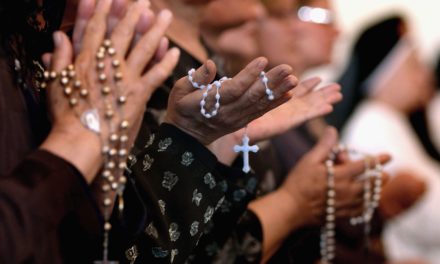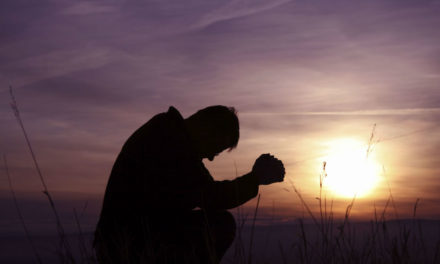One of the most common questions believers ask is how to pray. Specifically, they want to know whether to kneel down, fold their hands, bow their heads or use other positions or procedures they noticed others using.
There are two ways to answer the question. There is the technical response based on the Bible. Then there is pastoral advice based on opinion and experiences in praying. Let us try to answer the question, “Do we have to kneel down for prayer or can prayer become part of our daily lives?”
There are hundreds of references to praying in the Bible. In both the Old and New Testaments, we see that persons pray in a variety of manners and positions. We find people kneeling, laying down, sitting, and standing. We are told to speak softly, shout, sing, and dance. Hands are clasped together, lifted in the air, stretched out wide and laid on people. Look to the Heavens! Bow your head. Close your eyes. Look to the Lord! People pray in solitude, with their families and in large gatherings.
In short, there is no specific position or manner in which we have to pray. God hears us where ever we are; however we reach out; whenever we want. Be assured that if you find yourself stuck on a set of train tracks with a locomotive racing toward you, assuming a kneeling position to ask for God’s help is not necessary.
But…Why do so many people insist on kneeling down around us and in the Bible, too?
There are many followers who feel that effective prayer involves an appropriate posture. The truth is, almost everyone exhibits some sort of physical reaction or change when they pray. It may be nothing they think about, but something readies the body and mind to enter prayer mode. We don’t kneel, but maybe we look up, clasp hands, close our eyes, or change our tone of voice.
This is related to the practice of kneeling. In the Bible and throughout history, kneeling has been a sign of submission and respect. People knelt before kings, religious leaders, and generals. King Solomon knelt when he prayed because he was presenting himself to the Lord…his king.
If prayer puts us in the presence of our God, kneeling is not a bad option. Of course, if we are praying while driving, singing at a service, or walking along a beach, kneeling may not be a comfortable or even wise thing to do. But there should be some form of reverence when we are talking to Jesus.
Meaningful prayer comes from the heart. The great Oswald Chambers described how his heart bowed before Jesus when he prayed. Picture your heart kneeling in your chest when you speak to our king. Even in the most informal settings, it will offer an increased reverence to the moment.
But… Didn’t Jesus kneel?
You might ask, “If we want to be like Jesus, do we have to kneel down for prayer or can prayer become part of our daily lives?”
It’s true that Jesus often kneeled. He also had some other habits that many Christians believe are vital for effective prayer. For instance, Jesus tried to pray in solitude whenever he could. There are numerous verses that tell us how He snuck away to the wilderness or a mountain to be alone to address His Father. When anyone saw Him praying privately, he was usually kneeling.
On the other hand, Jesus also prayed publicly while standing and walking. He constantly looked to the Heavens and asked His Father to forgive, heal and bless those around Him. Prayer was part of His daily life and didn’t warrant special positions.
So to answer the original question, “Do we have to kneel down for prayer or can prayer become part of our daily lives?”… No. You don’t have to kneel. But to do so shows great reverence to our God. If you have never knelt in private prayer, try it. Even if you have to lean against a bed or a chair because your knees hurt, you will probably find a better sense of satisfaction when you are done.
Please get in touch now and let’s make these things better together.






